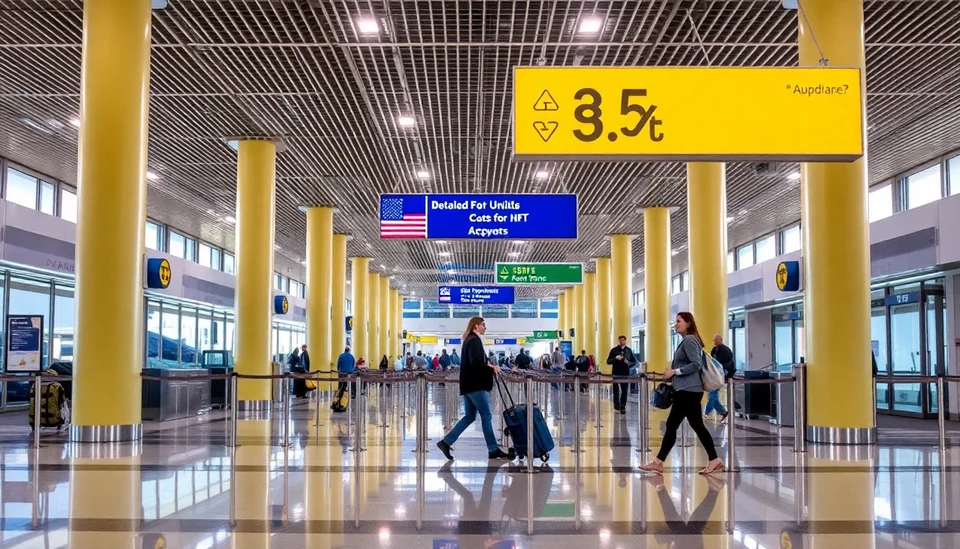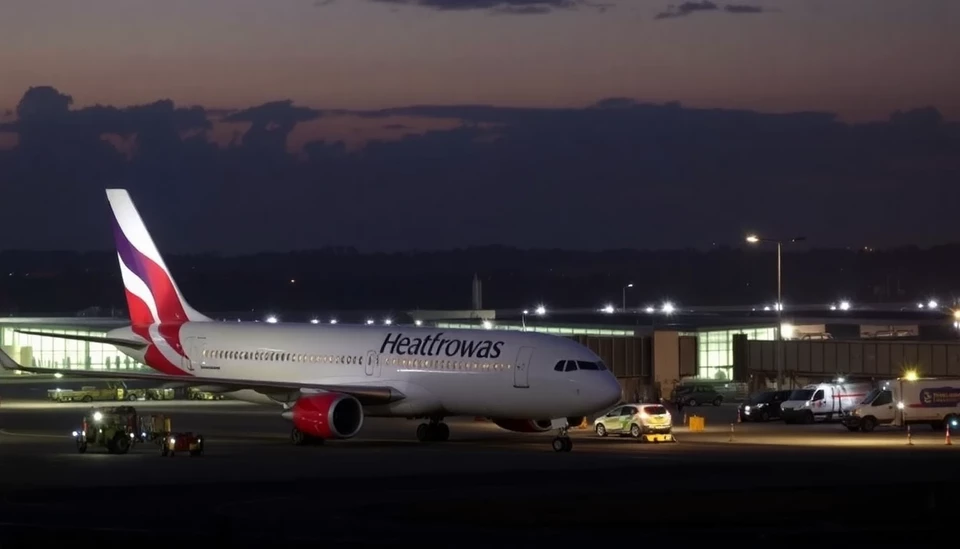
In a significant turn of events, U.S. airports are preparing for a potential financial shakeup as they may increasingly rely on municipal debt should federal grants dwindle. This shift comes amid widespread discussions about the sustainability of federal funding designed to support airport infrastructure and expansion. Stakeholders express concern about what this could mean for airport facilities across the nation.
Airports have long benefited from federal grants disbursed through the Airport Improvement Program (AIP), which has been critical for funding a variety of construction and modernization projects. However, with federal budget constraints tightening, there is growing uncertainty regarding the future availability of these grants, prompting airport authorities to seek alternative financial avenues.
Pioneering a solution, many airports are eyeing municipal bonds as a potential avenue for raising necessary funds. Issuing bonds could empower these facilities to tap into local investments, enabling them to facilitate crucial improvements and maintain operational efficiency without solely relying on dwindling federal resources.
Experts predict that the move towards municipal debt could lead to a new era of airport financing, reshaping how these vital transport hubs manage their capital needs. However, reliance on bond financing may also introduce volatility and complexity into airport financing strategies, making long-term planning more challenging.
One prominent example of this transition can be observed in the ongoing projects at major airports across the country, where officials are already strategizing on shifting their funding models to include more municipal debt as a hedge against the potential loss of federal grant support. This proactive approach signifies a willing adaptation to a changing financial landscape.
Moreover, airports may need to recalibrate their operational frameworks to align with the new financing models, which could involve enhancing revenue streams to meet bond obligations. This necessity may lead to increased fees for airlines and passengers, sparking debates over the financial burdens placed on end-users.
As the federal funding picture continues to cloud, airport officials and transportation advocates are urged to keep a close watch on legislative developments that could impact grant availability moving forward. The outcome could have far-reaching implications on the efficacy and sustainability of airport operations in America.
In conclusion, U.S. airports are at a crossroads, navigating the potential volatility of federal funding while exploring innovative financing solutions. The shift towards municipal debt could either serve as a robust alternative or an unwelcome complication in the effort to maintain and improve airport infrastructure as passenger demand continues to rise.
As the industry adapts to these fiscal realities, all eyes will remain on the upcoming federal budget discussions, which will ultimately dictate the extent to which airports can rely on federal support in the years to come.
#Airports #MunicipalDebt #FederalGrants #Infrastructure #Transportation #AviationIndustry
Author: Samuel Brooks




